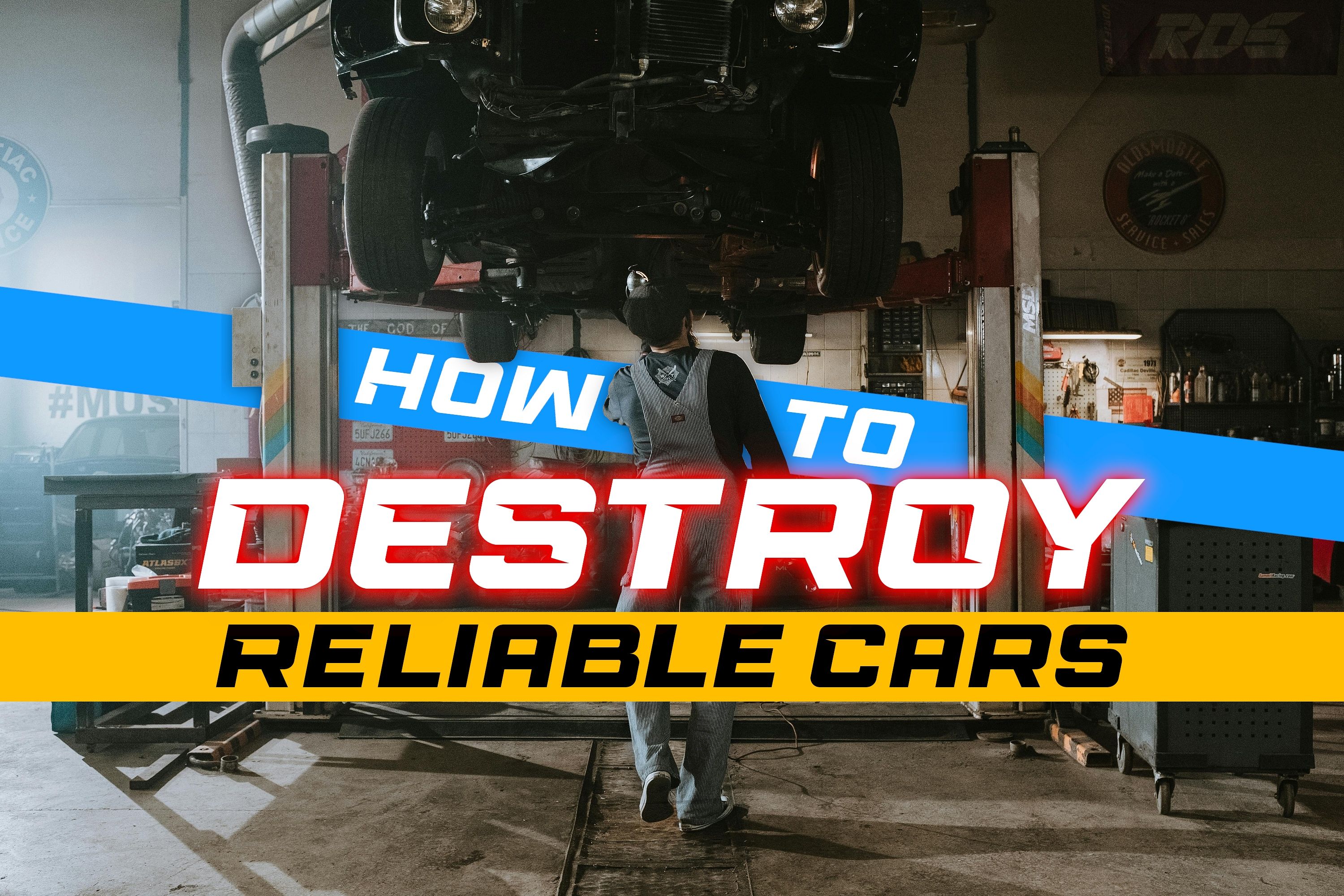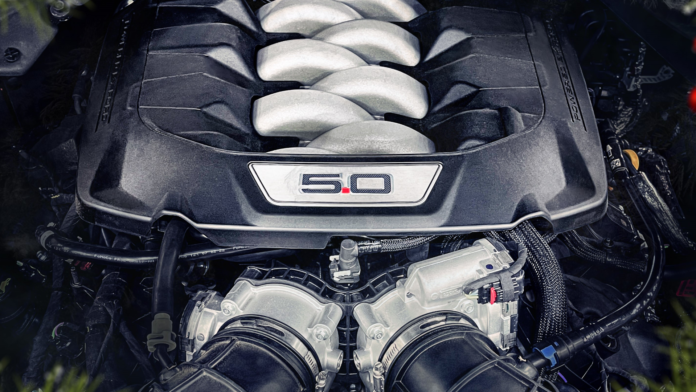As most of us know, a pickup truck needs to be a tough piece of equipment. The modern pickup truck needs to withstand hours of hard labor, along with juggling the roles of family hauler, toy, and, in some cases, luxury vehicle. At the heart of a strong pickup needs to be a strong engine, as that’s what’s going to be mostly responsible for bringing the truck through tough scenarios.
The Ford F-150, in particular, is the most popular pickup truck in the United States. It’s also the most popular vehicle, and has been for the last 42 years. So, bearing that in mind, just how hard is it to ruin an F-150 equipped with the 5.0 Coyote V8 engine?
Related
10 Best Cars Powered By Ford’s Coyote V8
The 5.0L Coyote V8 has become Ford’s staple V8 in everything from its sports cars to its F-150 truck. Here’s our top-ten cars with the engine.
Just How Hard Is It To Blow One Up?
Well, it seems it’s pretty hard if you’ve got an F-150 with a Coyote V8 under the hood. In the video above, Eric from the YouTube channel “I Do Cars” gives a detailed tear-down of a Ford Coyote V8. Specifically, a Coyote from the 2011-2014 generation, which was the motor’s first generation. Many of you will know the age-old wives’ tale warning people of the dangers surrounding buying the first year or two of a brand-new engine. However, in the Coyote’s case, it didn’t seem to be that bad a decision.
It turns out, the 220,000-mile Coyote V8 that Eric tears down for us doesn’t seem to be that badly done-in. It’s still ruined, but it appears the reason for its demise was user error, as the owner most likely wasn’t at on top of their oil change schedule. Changing a motor’s oil is one of the simplest, yet most critical, car maintenance activities you can perform on an engine. Really, this video proves the Coyote V8 is a decent engine, and to change your darn oil on time.
In this case, it appears as if the owner put anti-seize into the oil, which resulted in the bearings ending up in pieces in the oil pan. The bearing actually flaked out the side of one rod, and there was some metal residue in the oil pump.

Related
Engine Teardowns Reveal One Thing That Kills The Most Reliable Cars
Can you guess what it is?
What Makes The Coyote V8 Such A Good Engine
To understand that, let’s take a look at what makes up the Coyote V8, and what sets it apart from other V8s. When Ford originally developed the Coyote, it was meant to replace both the outgoing 4.6-liter and 5.4-liter V8s, the latter of which was deemed a pretty bad motor in terms of durability and ease-of-use. However, the 4.6-liter was a peach, and one of the most durable V8s to come out of the 1990s and 2000s.
The Ford Mustang was the first to receive the new Coyote V8 in 2011, closely followed by the F-150. Ford knew the F-150 would be in need of a new V8 with the 4.6 and 5.4-liter V8s on the outs. So, the Coyote was created with the F-150 in mind. It remained roughly the same size as the 4.6 and 5.4-liter engines in order to make the transition easy, and spare the factories making the F-150s from having to re-tool.
One of the party pieces under the 5.0-liter Coyote’s belt is its penchant for a similar amount of power production as larger motors on the market while also being a smaller engine overall. In order to achieve this, the Coyote took advantage of an all-new four-valve, dual-overhead camshaft valvetrain, along with a variable valve timing system, making the most of the engine’s power band.
The Coyote V8 is strong, as well. Instead of making the block casting thicker as most manufacturers do, Ford decided to use a more novel technique of engine block strengthening; webbing. The Coyote’s block contains more metal webbing than most other mass-market engines, and makes an engine stronger without increasing its weight too much. All of these unique aspects of the Modular Coyote earned it a spot on Ward’s 10 Best Engines list in 2011, 2012, and 2018.

Add CarBuzz to your Google News feed.
The Current State Of The Coyote V8
These days, only the Ford F-150 and the Ford Mustang utilize the Coyote V8. It can be argued that its most important function lies within the Ford Mustang, especially considering the circumstances.
As many of you may know, both the Dodge Challenger and the Chevrolet Camaro have been discontinued. The Challenger left us in 2023, and the Camaro will be no more following the 2024 model year. This means the Mustang is the final pony car sold in the US, along with it being the final two-door, four-seater sports car made by an American brand for the 2025 model year. Luckily, there’s no end in sight for the Ford Mustang, and we hope it stays that way.
The Coyote V8’s importance within the Ford F-150 can’t be ignored, either. Ford was the first American full-size truck-maker to adopt and embrace turbocharged V6 engines. The turbo V6 in question was called the EcoBoost, and it came with a 3.5-liter displacement in its first year of use. While the EcoBoost V6 was the exciting new boy on the block, it had its issues. This meant many hesitant buyers quickly shied away from the V6 and went straight for the V8.

